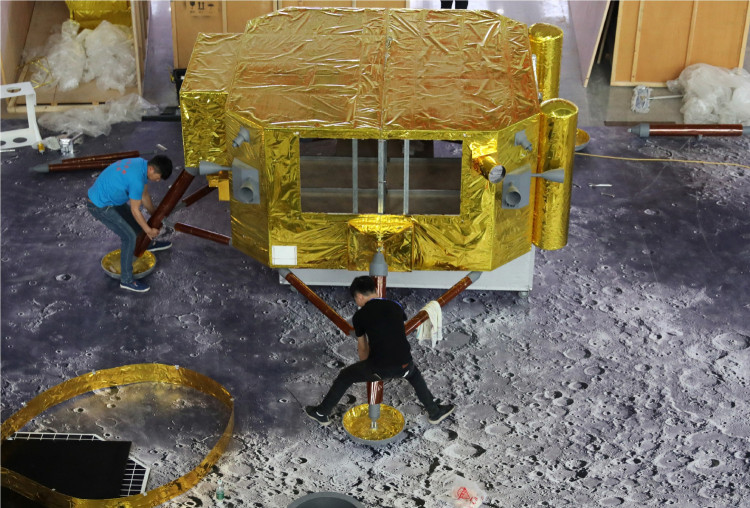Two Chinese lunar spacecraft - the Chang'e 3 lander and the robotic rover, Yutu-2, deployed by Chang'e 4 -- are now officially the "longest-lived" man-made spacecraft exploring the Moon and its hostile environment.
Yutu-2 is officially the longest operational man-made robotic probe on the Moon's surface. It officially broke the lunar longevity record on November 22 when it exceeded the 322 Earth days spent on the Moon by the Soviet Union's Lunokhod 1 rover. Yutu (or Jade Rabbit) will spend its first year on the Moon's far side on January 3, 2020.
Now a derelict, Lunokhod 1 operated on the lunar surface for 321 Earth days (or 11 lunar days) and traversed a total distance of 10.5 km (6.6 miles). A lunar day equals 14 Earth days.
Lunokhod 1 landed at Mare Imbrium (Sea of Rains) on Nov 17, 1970. It was the first remote-controlled robot rover to freely move across the surface of an astronomical object beyond the Earth, in this case, the Moon. It was also the first wheeled craft to land on another celestial body. Lunokhod 1 was designed to operate for only three lunar days and stopped transmitting on Oct 4, 1971.
The China National Space Administration (CNSA) announced the Yutu-2 lunar rover had officially surpassed the longevity record for a man-made probe operating on the Moon set by Lunokhod-1. Yutu 2 is China's second lunar rover and is part of the ongoing Chang'e 4 mission launched on Dec. 7, 2018.
Yutu-2 and the Chang's 4 lander that carried it to the Moon are currently in dormant mode since both are caught in a lunar night cycle which lasts for about a month. Chinese engineers remain hopeful Yutu-2 will remain operational for "a few years."
The Chang'e 4 unmanned probes was launched towards the Moon by a Long March 3B rocket in December 2018 that blasted-off from the Xichang Satellite Launch Center in Sichuan province. the Chang'e 4 mission was the world's first expedition to the Moon's far side that never faces the Earth.
Chang'e 4 made a soft landing on the far side on Jan. 3 and deployed Yutu-2 later that day to roam and survey the landing site in the South Pole-Aitken basin, the largest and deepest known basin in the solar system.
The Chang'e 4's lander and Yutu-2 are in their 12th dormancy due to the long lunar night. CNSA's Lunar Exploration and Space Engineering Center said Yutu-2 has traveled nearly 350 meters on the lunar surface.
Chang'e 4's sister lander, Chang'e 3 remains operational on its 75th lunar-day. This means Chang'e 3, which landed on the Moon on Dec. 14, 2013, has been working on the Moon for 2,200 Earth days as of Monday (Dec. 23, 2019). It continues to hold the record for the longest operational stay by an artifact on the Moon, said CNSA.
On the other hand, Chang'e 3's robotic lander, Yutu-1, stopped operating 31 Earth months after beginning its exploration of the Moon's surface. The rover was expected to survive for only three months.






